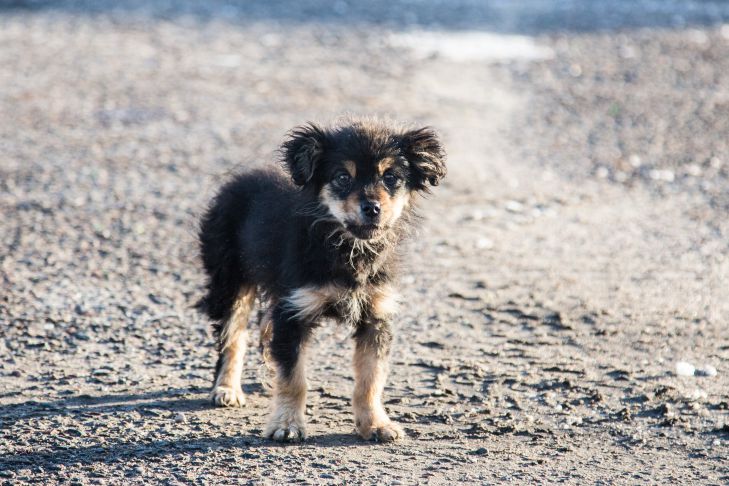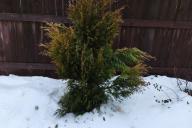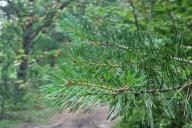Teaching a puppy commands is a long process, but with the right approach it is quite feasible.
First of all, the puppy owner should determine a list of basic commands that the dog should learn. These can be "sit", "lie down", "come", "no" and some others.
For training to be effective, it is necessary to establish a clear connection between the team and the reward.

When the puppy performs the desired action, it should be immediately rewarded with a treat and praise. This way the dog begins to understand - if I sit on the command "sit", I will get a treat.
It is very important to be consistent and patient. Commands should be given in a calm, confident tone.
You should repeat them many times during the day, reinforcing the necessary connection. Over time, the puppy will begin to respond to commands automatically.
Once your puppy begins to respond confidently to basic commands at home, it's time to test how well he performs them in a distracting environment outside.
Initially, a newcomer may become confused by the many irritants and stop paying attention to the owner.
To avoid this, you need to start with short walks in a calm environment.
Give familiar commands, encouraging them with treats. Gradually increase the time of the walk and the number of distractions - other dogs, cars, passers-by.
The puppy will make mistakes, and that's okay. The main thing is to constantly train him, helping him concentrate on the owner and commands.
Over time, the dog will begin to reliably respond to basic commands even in difficult situations. This means that the training was successful.
When the puppy confidently performs basic commands at home and outside, you can move on to teaching more complex actions. For example, the command "heel" - to walk on a leash without lagging behind the owner.
First, you need to choose the right collar and leash to make your puppy comfortable.
Then, in a calm home environment, give the command “heel”, taking a few steps and rewarding the dog with a treat if he follows without lagging behind.
Gradually increase the distance, change the direction of movement, introduce turns. Add short stops during which the puppy must sit or lie down next to you until the next command.
When you can do “nearby” at home without mistakes, move on to practicing outside.
First, choose quiet places without distractions. Then gradually complicate things - add more movement, change the surface, practice the command on busy streets.
With time and patience, you can teach your puppy any command - from the simplest to the very complex.
The main thing is to be consistent, train a lot and always reward your pet for correctly performed actions. Then the training will be as effective as possible.
Previously, we talked about when and how to dress your dog for a walk.








